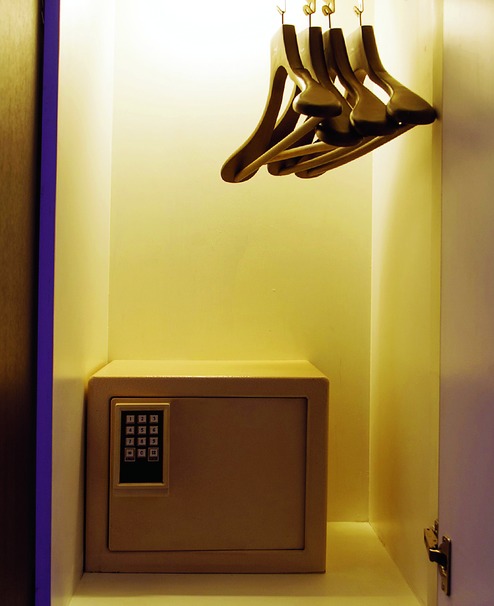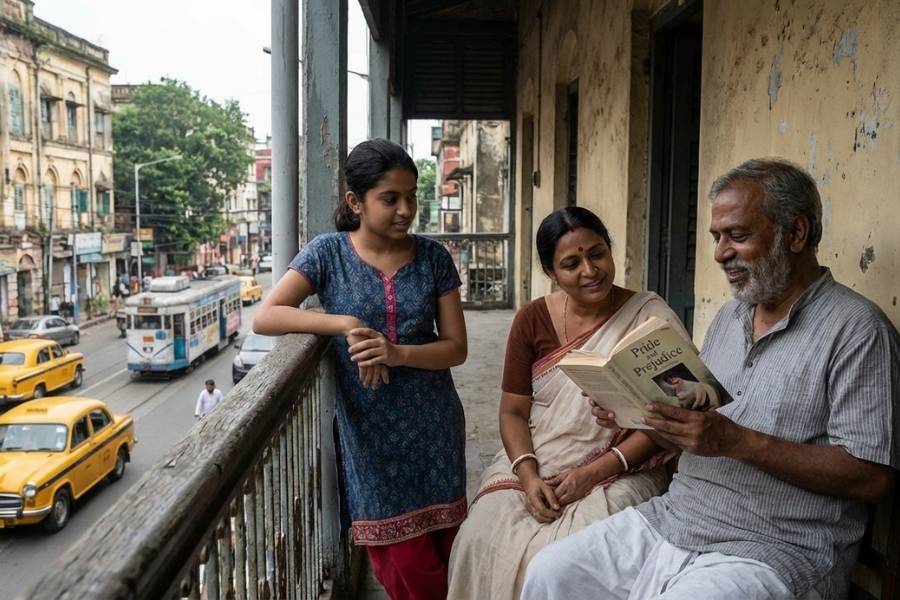
A gentleman with a name eerily close to the prime minister's has been making news. Companies associated with him borrowed billions from a bank and did not repay; while the bank is in trouble with authorities, its customer flits from city to city abroad and continues to live in luxury. He is not the only one living it up on loans from government banks. There is another, once famous for throwing lavish parties on a luxury yacht in the Mediterranean, who lives comfortably in a country cottage in England while his Indian creditors try without success to get Britain to extradite him. If their examples are any guide, borrowing big sums from Indian banks and escaping abroad to enjoy life is excellent business; it may attract more seekers for good times. That would not be comfortable for banks; they may run short of money to lend to investors, be unable to satisfy customers who want to withdraw their deposits, and have to run to the Reserve Bank of India when they run short of cash. It cannot afford to let banks run out of money, and would have to pour cash into banks that do bad business.
This is not new or peculiar to Indian banks; the possibility of someone borrowing and running away has been inherent to banking ever since it was invented. An even more promising scam is to open a bank, collect deposits from innocent depositors, and run off with the money. If that happened, common people would lose confidence in banks and keep their money in cash. Everyone would have a barely secret safe deposit box; their ubiquity would give a tremendous boost to house-breaking industry.
But let us not start seeing ghosts everywhere; our rulers and bankers are aware of the risks, and are actively trying out preventives. The Punjab National Bank is drawing up a list of Nirav-like borrowers; as soon as it is ready, the bank will send it off to the National Company Law Tribunal. The tribunal will file cases against all those clever defaulters. The finance minister piloted the Indian bankruptcy code through Parliament in 2016; now the Insolvency and Bankruptcy Board of India is up and running. It will take away the assets of defaulters, sell them off and compensate banks which had lent to them. It has appointed a working group to design a course for bankruptcy professionals, which will be ready to be taught within three months. Then, within a few years, courses will be set up and teachers trained, bankruptcy professionals will graduate, they will get hold of defaulters' assets, sell them and repay their loans to banks - except in so far as the defaulters have the foresight to liquidate assets and abscond with the money.
That sounds promising; so was NCLT's predecessor, set up a third of a century ago. It was called Board for Industrial and Financial Reconstruction. After the Sick Industrial Companies (Special Provisions) Act was passed in 1985, it took two years to set up the BIFR. The intention was that the BIFR would take over companies ruined by their promoters, make revival plans for them, inject new capital, give them to bright new entrepreneurs to run, and turn them around. But before it could start, it had to have a policy to implement. It was 1991 before the government got around to placing an industrial policy before Parliament. Then it started to make a list of sick companies; in the next couple of decades it found a few thousand companies. It recommended closure of about a quarter of the companies and revival of about a seventh; the remaining three-fifths it kept on its lists - moribund, inactive, rusting away. Winding up companies was against the spirit of Congress governments - how could they throw people out of jobs in a country where there were so few jobs? Better to have half-dead companies than dead-and-buried ones.
But the Congress government also had other favourite daughters - the banks it had nationalized. It could not watch while shameless capitalists borrowed from its dear banks and blew up the money. So the then finance minister, Manmohan Singh, piloted the Recovery of Debts due to Banks and Financial Institutions Act in 1993 and created debt recovery tribunals. That was not enough; the defaulters whom a debt recovery tribunal convicted would simply file appeals in high courts. Given the clogged justice system of India, they could count on a reprieve of a couple of decades. To outwit them, the act also created a number of debt recovery appellate tribunals. No use; the 33 DRTs and five DRATs too got clogged up, and cases dragged on and on.
Fed up with their procrastination, the government came up with one more trick. In 2002 it got the Securitization and Reconstruction of Financial Assets and Enforcement of Security Interest Act through Parliament, and empowered banks to simply go and grab the assets of their defaulting borrowers. Borrowers could then go to courts and ask for return of their assets. Even if the courts got them their assets back, borrowers would have lost a few years of business. But this strong arm tactic did not work. Although DRTs were required by law to decide every case within six months, they took much longer; although appeals from DRTs and DRATs to high courts were ruled out, high courts continued to admit appeals - and took years to decide on them. They defeated the Congress government's efforts to get them off the banks' backs and speed up debt resolution.
The government saw this and legislated to overcome the high courts' obstruction: Chapter XX (Sections 253-269) of the Companies Act it saw through Parliament in 2013 was designed to deal with the problem. But in May 2014, the Congress government was swept out of power; the Bharatiya Janata Party came to power, determined to sweep away its rusty junk. Within three months after he took over, the new finance minister appointed a Bankruptcy Law Reforms Committee. It gave an interim report in February and a final report in November 2015; by May 2016, an Insolvency and Bankruptcy Code replaced the Congress legislation.
It will be years before bankruptcy professionals are effective and IBBI dispossesses any defaulters. Will our banks then stop lending to Nirav Modis and begin to finance productive, profitable investments? Before they can do so, we need a solution to the problem I started with, namely the lucrative collusion between corrupt borrowers and bank managers. The government has hitherto done nothing to break that link, or to reward honest bank managers and punish dishonest ones. They are its servants, and the punishment it uses most frequently for its corrupt employees is suspension. That is hardly a disincentive for a bureaucrat who has made crores already. Hence I am not optimistic about the effectiveness of the finance ministry's measures. It is possible that the efforts to recover the money will fail, in which case banks will have to write it off, they will make huge losses, and will not be able to repay their liabilities - including our deposits with them. If so, it is time for us to start looking for a safe deposit box - far away from a bank.











